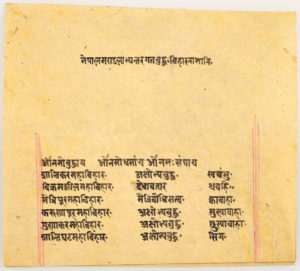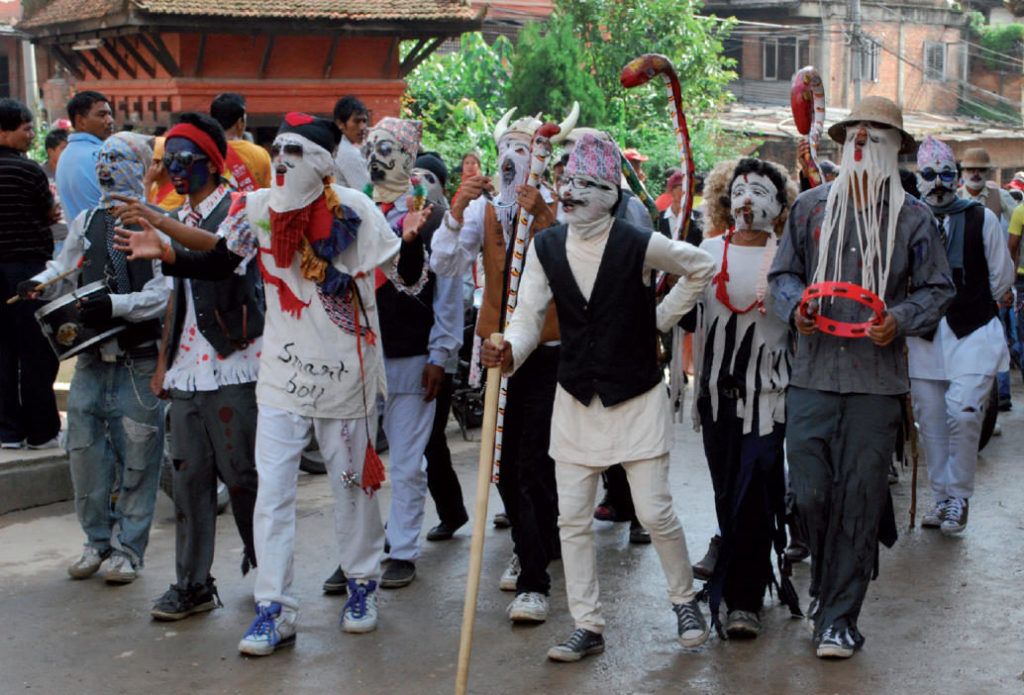Richardson, Sarah Aoife. 2016. ‘Painted Books for Plaster Walls: Visual Words in the Fourteenth-century Murals at the Tibetan Buddhist Temple of Shalu.’ PhD diss., University of Toronto. 271+146+186 pp. URI: http://hdl.handle.net/1807/73147.
From the Abstract: Elaborate mural paintings made after a major renovation of the temple in the early fourteenth century included long Tibetan inscriptions, displaying sometimes large passages of Tibetan sacred texts as part of their communicative pictorial program. By variously projecting books onto the walls, the temple’s abbot, Butön Rinchen Drup (Bu ston rin chen ‘grub, 1290-1364) placed new textual collections, inherently scholastic and elite projects, assertively into a more public domain.




